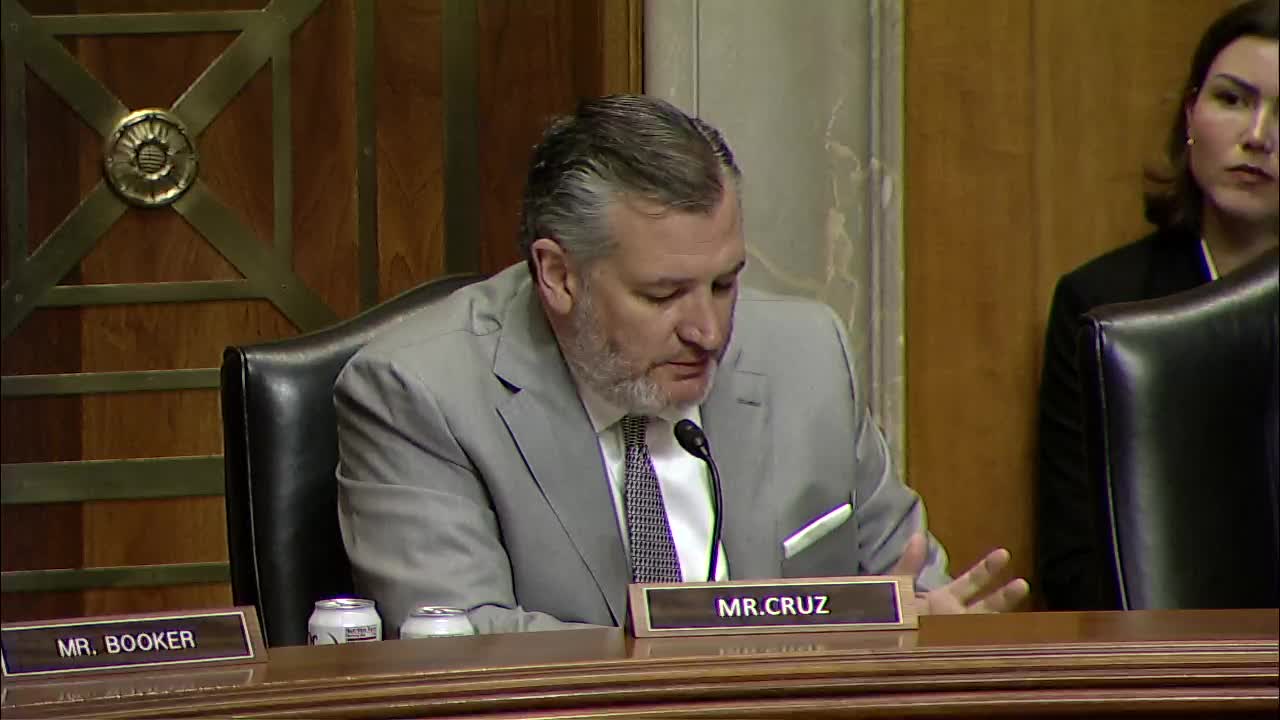Department of Interior and Energy Prioritize 13 Key Critical Minerals for US Investment
July 30, 2025 | Foreign Relations: Senate Committee, Standing Committees - House & Senate, Congressional Hearings Compilation
This article was created by AI summarizing key points discussed. AI makes mistakes, so for full details and context, please refer to the video of the full meeting. Please report any errors so we can fix them. Report an error »

The U.S. Senate Committee on Finance convened on July 30, 2025, to address the pressing need for strategic partnerships between the U.S. and Africa in the realm of critical minerals. A key takeaway from the meeting was the urgent call for a unified approach to investment in the critical mineral supply chain, as highlighted by the varying lists of critical minerals from the Department of Interior, Department of Energy, and Defense Logistics Agency.
With 13 minerals identified as critical across all three lists, the discussion emphasized the importance of prioritization in U.S. investments. Experts underscored the need for clear communication to the private sector regarding which minerals should be targeted, particularly in Africa, where supply chain vulnerabilities are increasingly apparent.
One expert proposed categorizing critical minerals into four distinct groups: battery metals (like copper, lithium, and cobalt), rare earth elements (such as dysprosium and terbium), defense industrial needs minerals (like antimony), and low-volume processing byproducts (including gallium and germanium). Each category presents unique challenges and requires tailored strategies for effective investment and extraction.
For instance, the expert noted that U.S. copper mines typically have lower grades compared to those in the Democratic Republic of the Congo (DRC), where copper grades can be significantly higher. This disparity highlights the economic advantages of sourcing certain minerals from Africa, making it crucial for U.S. investors to adapt their strategies accordingly.
The meeting concluded with a strong message: without prioritization, the U.S. risks missing out on critical opportunities in the global mineral market. As the demand for these resources grows, the need for a focused and strategic approach to U.S.-Africa partnerships in critical minerals has never been more vital.
With 13 minerals identified as critical across all three lists, the discussion emphasized the importance of prioritization in U.S. investments. Experts underscored the need for clear communication to the private sector regarding which minerals should be targeted, particularly in Africa, where supply chain vulnerabilities are increasingly apparent.
One expert proposed categorizing critical minerals into four distinct groups: battery metals (like copper, lithium, and cobalt), rare earth elements (such as dysprosium and terbium), defense industrial needs minerals (like antimony), and low-volume processing byproducts (including gallium and germanium). Each category presents unique challenges and requires tailored strategies for effective investment and extraction.
For instance, the expert noted that U.S. copper mines typically have lower grades compared to those in the Democratic Republic of the Congo (DRC), where copper grades can be significantly higher. This disparity highlights the economic advantages of sourcing certain minerals from Africa, making it crucial for U.S. investors to adapt their strategies accordingly.
The meeting concluded with a strong message: without prioritization, the U.S. risks missing out on critical opportunities in the global mineral market. As the demand for these resources grows, the need for a focused and strategic approach to U.S.-Africa partnerships in critical minerals has never been more vital.
View full meeting
This article is based on a recent meeting—watch the full video and explore the complete transcript for deeper insights into the discussion.
View full meeting